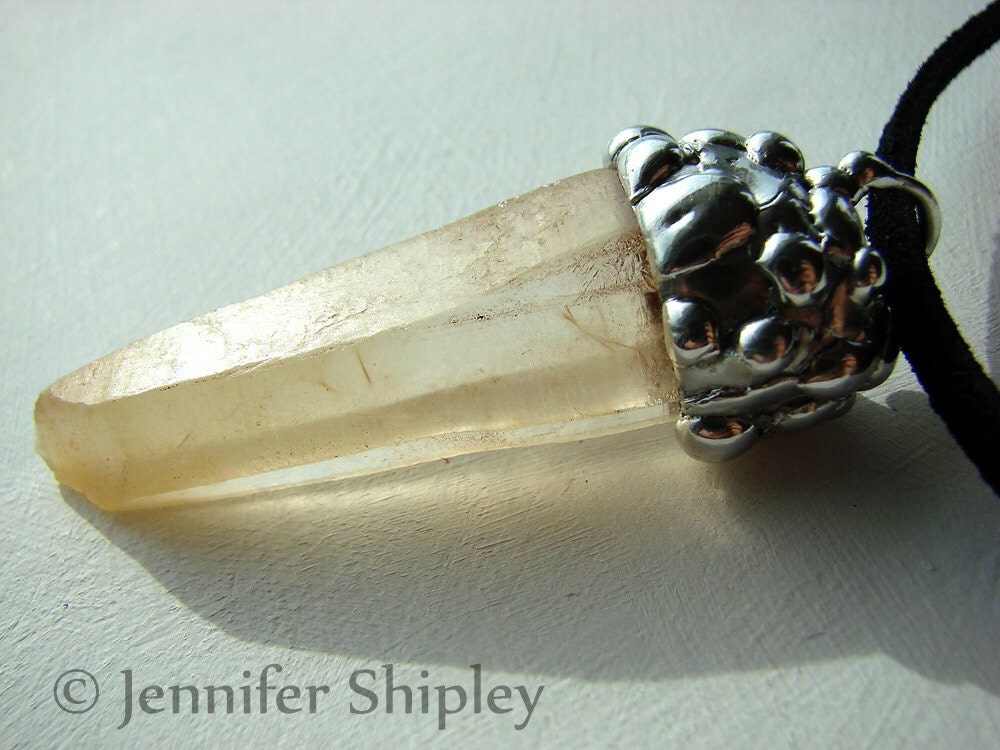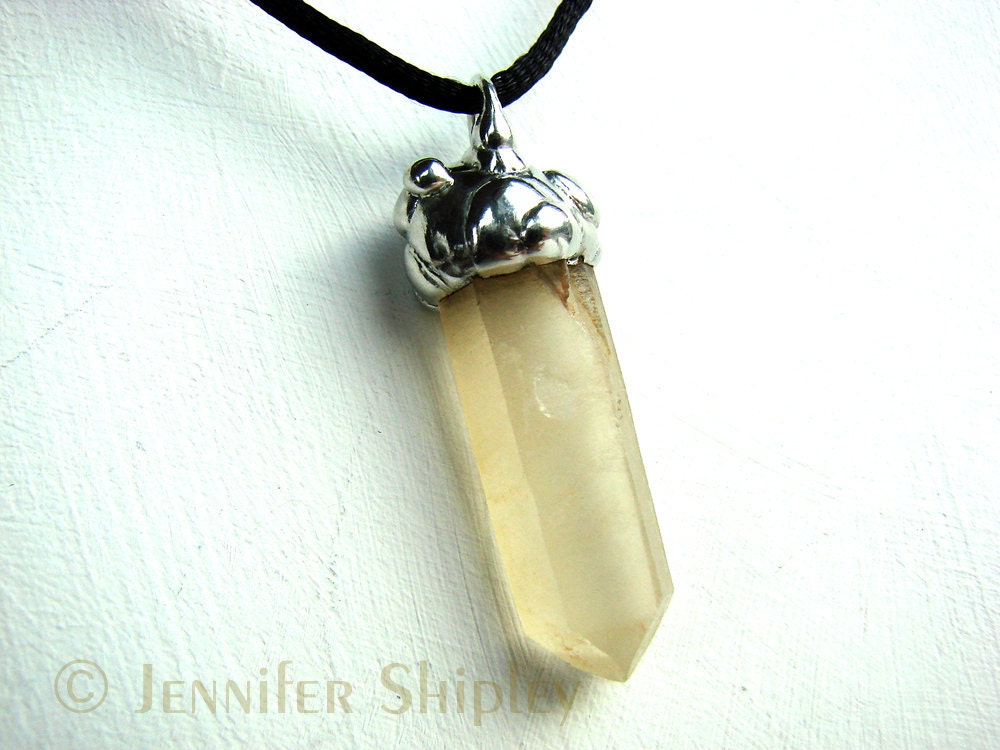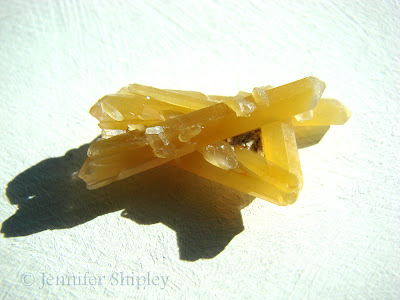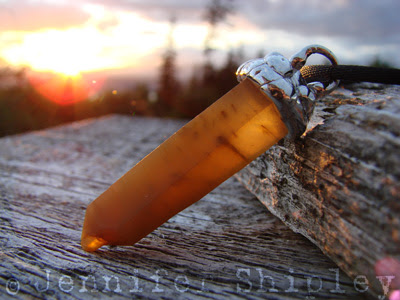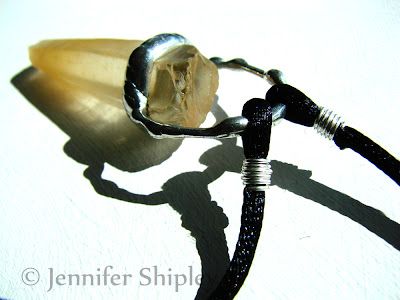
Welcome to the next act in my gift tag saga. I decided to cut some new rubber stamps for my recently dyed tags. Many of the designs on the gift tags I showed in my paper dying entry were hand-cut in this way. I am currently using Soft-Kut Printing Blocks from Dick Blick because they are soft and inexpensive. Curls were not easy because the material is so rubbery and pliable, so the first design you see here took me longer than I had hoped. A firmer block would have been better for this design, I think.


I started by cutting with scissors some shapes from a larger block that fit the two main sizes of tags that I am using. I made a rough sketch with a sharpie directly on the block, then started cutting away the negative space with Speedball Linoleum Cutters. I like these because they are inexpensive and if you make a mistake when sharpening your blades, you can buy inexpensive replacement tips. You can also use an exacto knife for straight edges in tricky places.



When I finished cutting my design, I rinsed it with sudsy water to remove any rubber debris. After it dried I tested it with an inexpensive black water-based ink pad. Inking these up is much easier if you keep the block on your table and dab it with your ink pad. Keep dabbing with your pad, moving it all around the block and angling it in different directions. Do not slide the pad across your block. It will take a while for the block to build up enough ink for your first proof, but after a few prints the surface of your block will get more sticky and hold more ink.

To print, place your block face down on your paper and press the back with a flat object a little larger that the pad. A block of wood works great.

After you have successfully made some proofs, you may decide to cut more of your block away. I have left some texture in the negative space around the tree that I will probably cut away at a later date.

My second block (the leaf) was much easier because my design had no curls. This time I cut away all of the background that printed in my proofs so I would have a clean design. It’s best to cut away more the closer you get to the edge of your block, so the edge is thinner than the area next to the image. Make sure you wash the ink off your block with soapy water after your are done printing or between colors. When storing your blocks make sure that nothing is touching the printing side that will leave an indentation and damage your image. These block are fragile. I use a layer of thick cardstock to protect mine.

You can used water-based ink pads with these blocks, or roll ink on with a brayer. I will post a blog at a later date showing how to use a brayer with water-based relief inks. This is a great way to control your color and get an opaque, crisp and consistent print.

